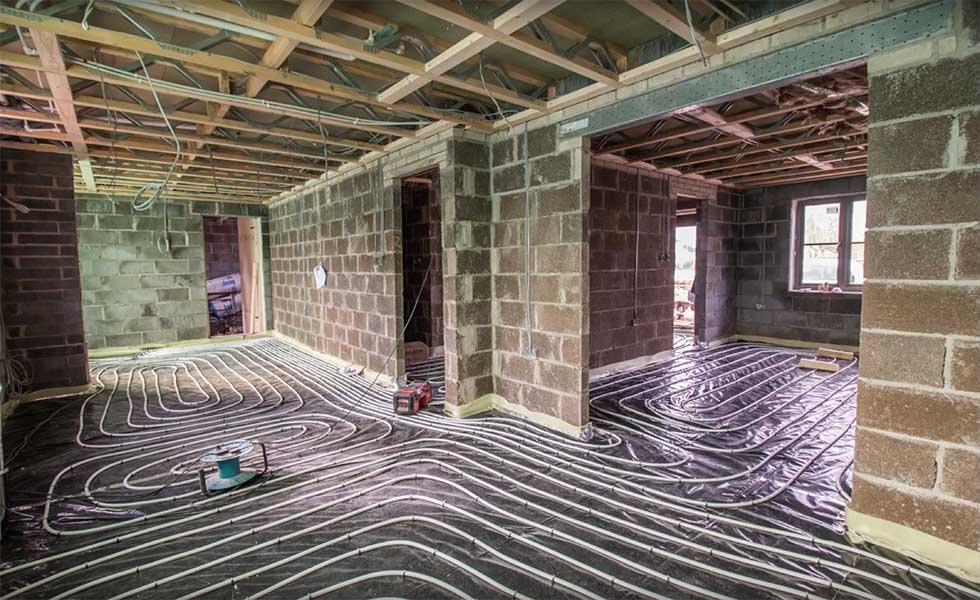The Perfect Details for Underfloor Heating
Once the most suitable materials have been chosen, they can be further waterproofed with a bitumen coating, finally, they will be placed at the base of the flooring. Once fixed firmly in place, before reconstituting the screed, it must be checked that the elements do not show gaps or cracks. If there are any leaks in the insulation, it will be possible to remedy this using self-hardening polyurethane foam.
The Lovers for You

For lovers of natural and eco-sustainable solutions, however, a valid alternative is given by vermiculite. This expanded mineral, totally inert, can in fact be mixed with cement to create an amalgam that can insulate the floor. Once dry, the mortar has properties similar to pumice stone granulates: the alveolar structure guaranteed by vermiculite ensures excellent thermal and acoustic insulation, while favoring the natural transpiration of the rooms. With the Underfloor Insulation UK this is important.
- Once all the insulating elements have been fixed on site, it will be possible to reconstruct the screed and restore the pipes and cables housed in it. If possible, the screed should rest on a metal cage (it will ensure greater stability to the structure) and present a thickness of 4-8 cm, so as to isolate us further. Finally, after the cement has been leveled and dried, we can house the new wooden floor.
- Insulating under foundation is a construction solution still not widespread in Italy that guarantees excellent insulation results without compromising the stability of the construction, rather it improves the qualities of resistance to seismic phenomena.
It is possible to proceed by using different construction techniques, the main ones being the use of compacted bulk cellular glass or casting the foundations on an audience of XPS panels with very high compressive strength. In our example, the construction of a Class A has opted for insulation in XPS: we follow the procedure.
The Role of the Soil
The soil is prepared by removing the vegetative layer and then the area is compacted using a roller. In a second phase two layers of gaia are laid out with different granulometry, the first and finest the second is coarser. Each layer is compacted. A layer of lean concrete is laid on the gravel, which has the function of making the work area coplanar and clean, a PE sheet has been spread on it with particular attention to taping in correspondence with the overlaps. The fabric, resistant and waterproof, has the dual function of preventing rising damp phenomena and avoiding a low cost solution to the possible presence of radon gas.
- The slabs with high density and excellent compressive strength were placed to isolate the structure. On these a cloth made of non-woven fabric has been placed to prevent the water from the jet from leaking between the joints of the material, influencing, even only significantly, the conductivity of the material. Once the irons were made, the floor was finally cast.
In the project it was decided not to exceed the insulation of the ground floor, favoring greater thickness in the roof and in the masonry: excessive insulation can in fact prove ineffective in summer, when a little freshness coming from the ground can be useful to prevent phenomena of overheating



